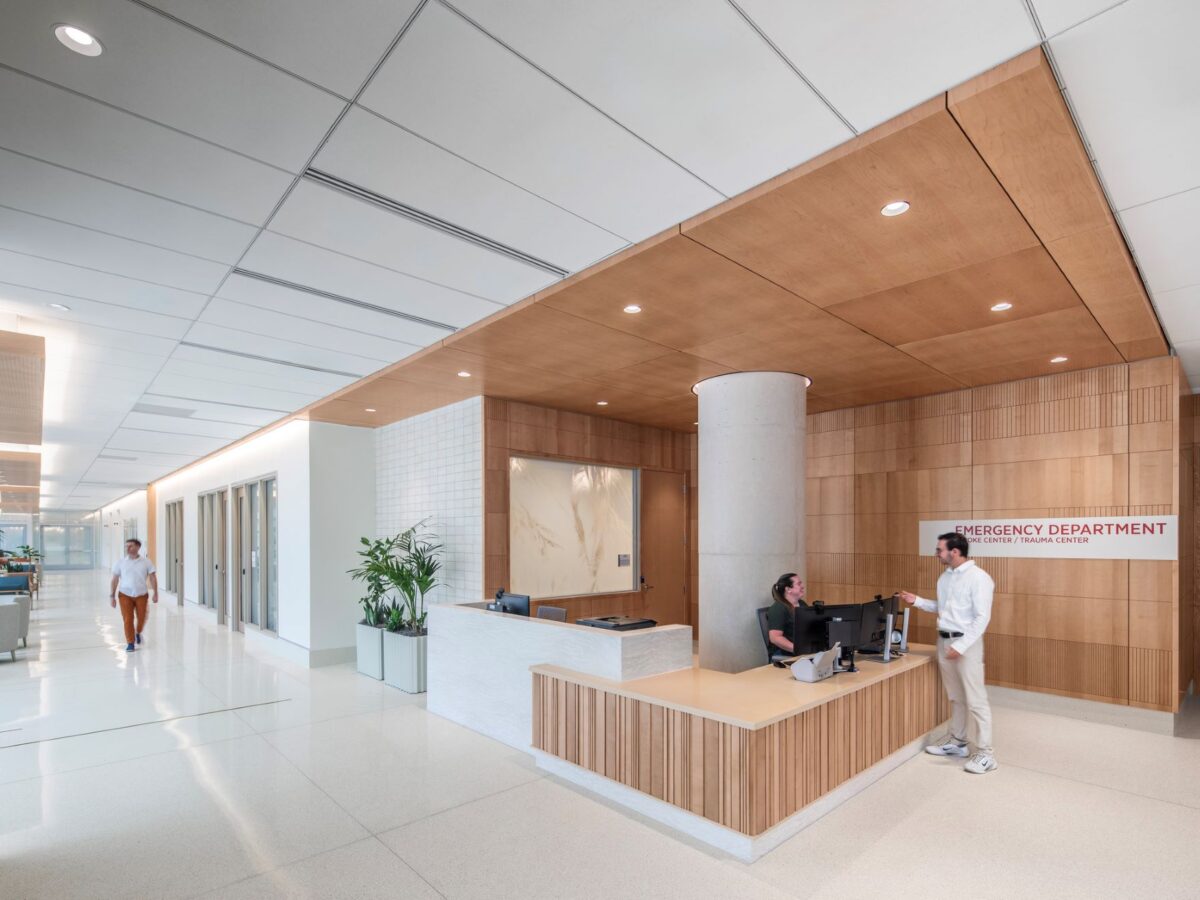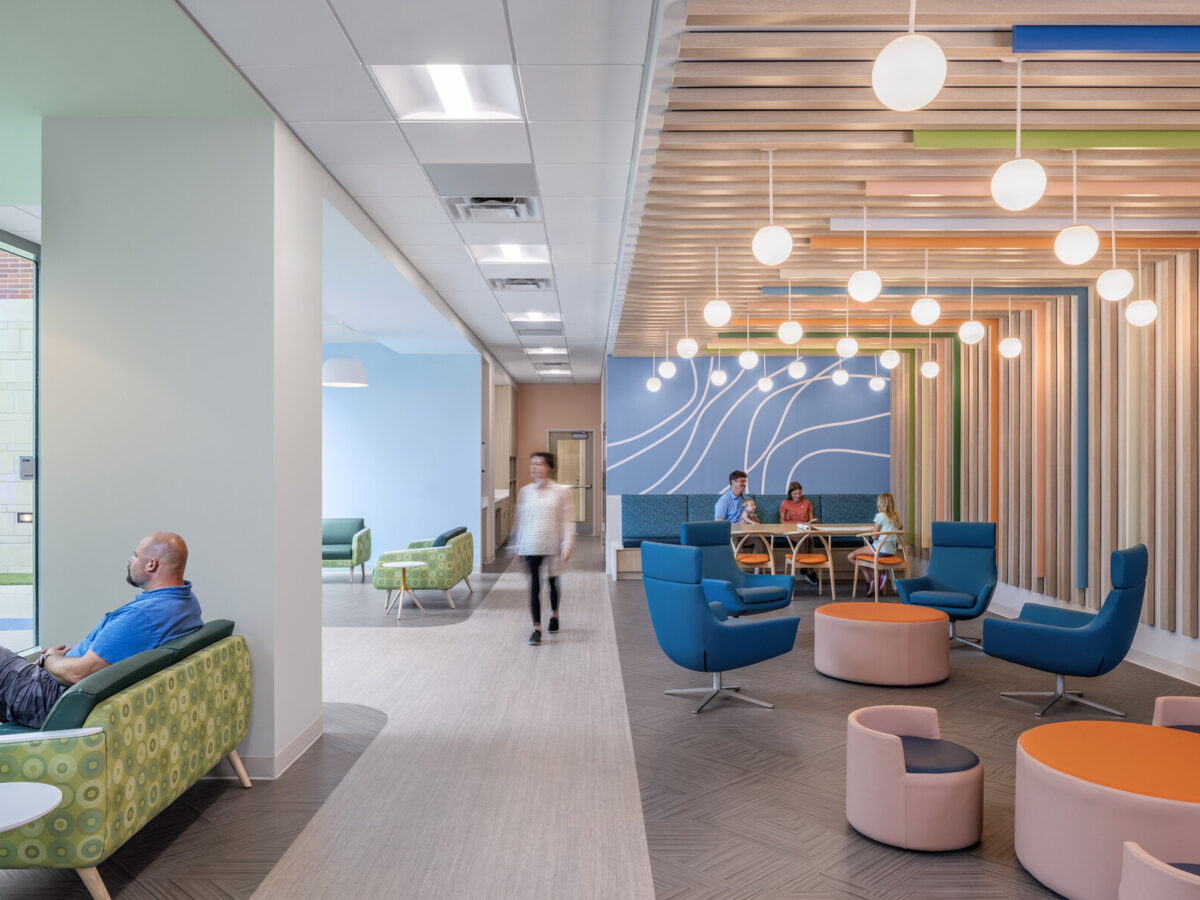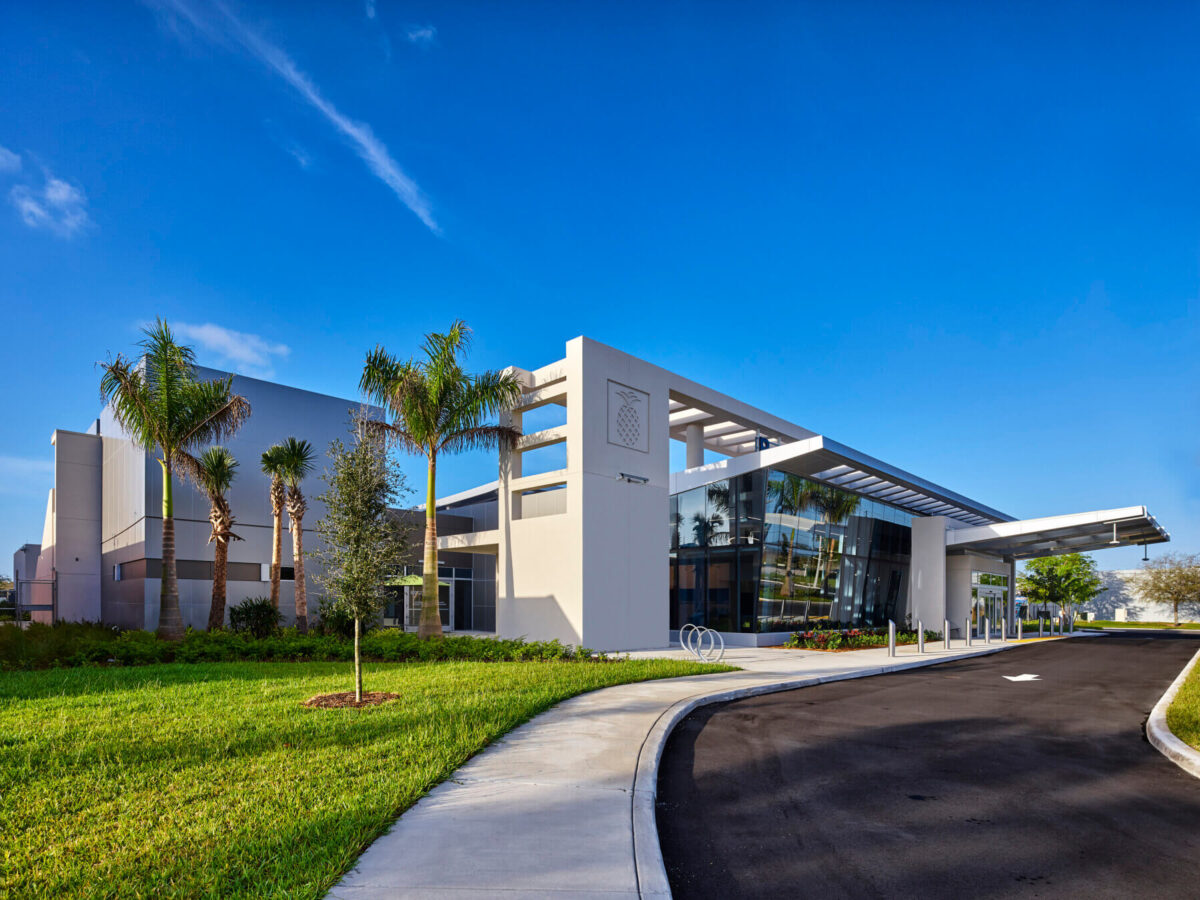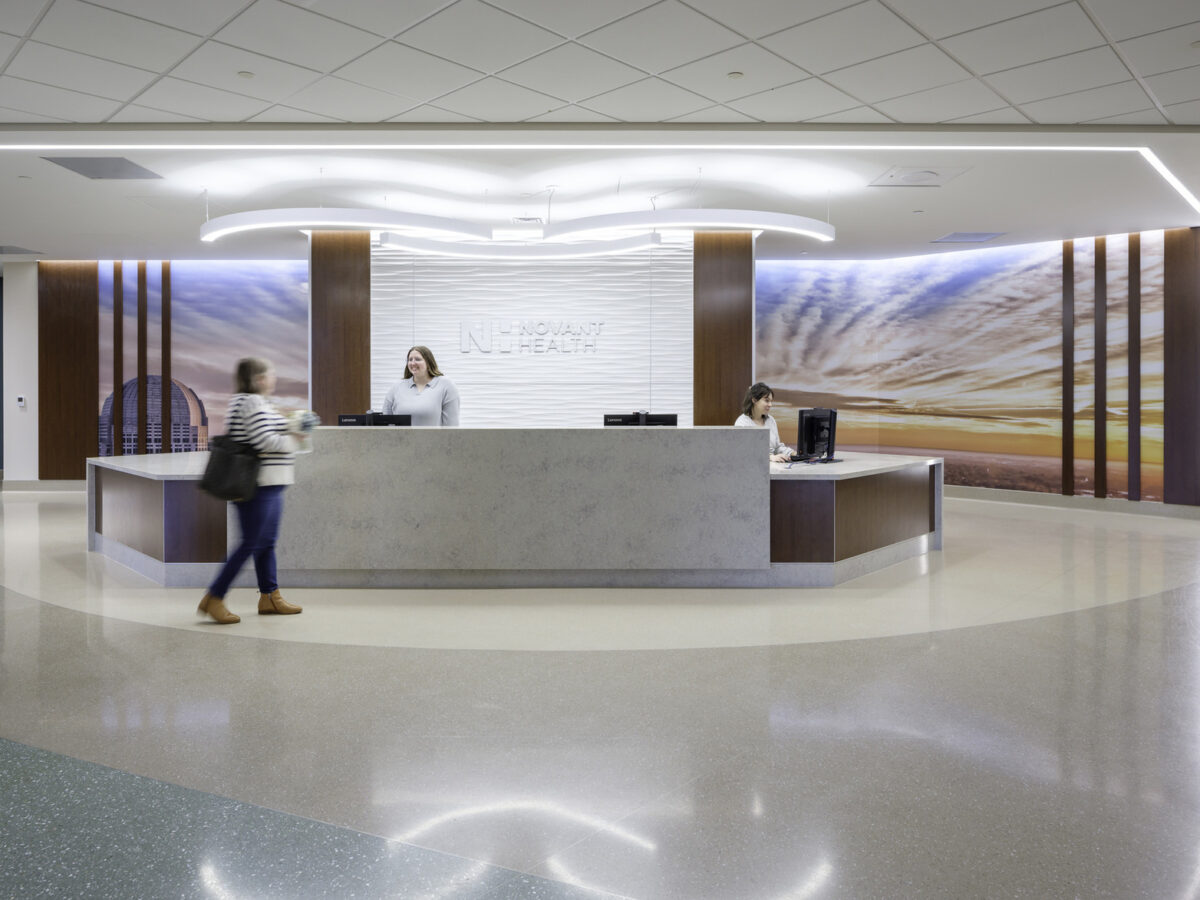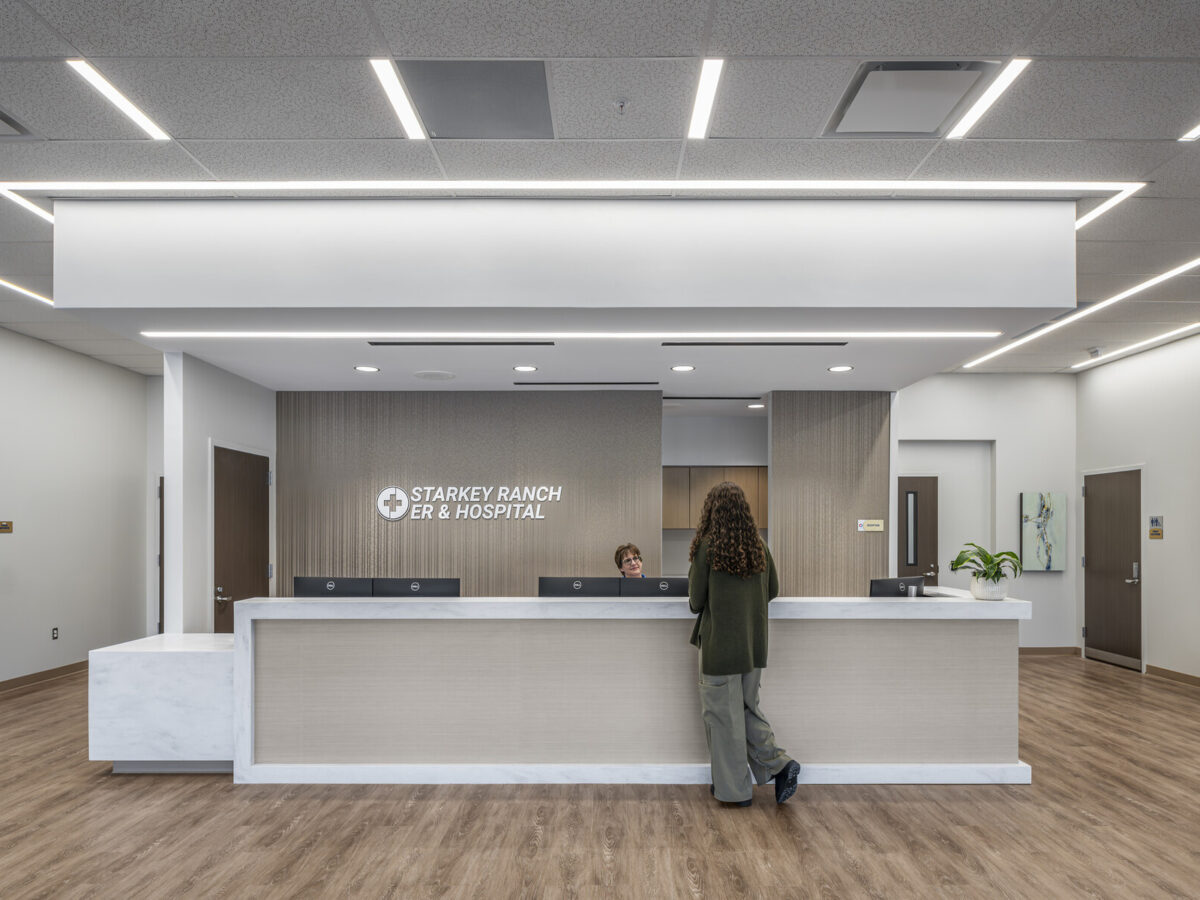Many aspects of the healthcare industry are changing rapidly. As the industry reacts to changing consumer preferences, technology advances, shifting regulatory environments and increased merger and acquisition activity, much of which is attributed to the COVID-19 pandemic, we have also witnessed extraordinary growth and development. Health systems are now re-locating services away from main hospital campuses, where they have traditionally been located, and into communities. At the same time, they’re also reinvesting in their existing campuses, with an eye on fighting future pandemics, accommodating alternative care delivery models and elevating the staff experience.
Simultaneously, we’re also facing unprecedented challenges in the economy and construction industry. Supply chain disruptions are quickly escalating costs and lengthening construction schedules. An April report from construction and development company Skanska puts numbers to the narrative: the price of structural steel has jumped 15%, the lead time needed to secure electrical gear can now be up to 65 weeks and both the lead time and price to secure HVAC materials has climbed 15 percent. Furthermore, it may take a year to obtain roof insulation.
However, supply chain issues aren’t going away, and neither are our clients’ facility needs. As their design and construction partner, it’s our job to develop innovative ways to mitigate the supply chain issues and minimize the impact of escalating costs.
A Deeper Understanding of the Issues at Hand
Although increased cost and an extended timeline are the two most common complications caused by supply chain disruptions, these issues are having a ripple effect on other factors of project delivery—it’s also affecting the order in which we design projects, because we can no longer wait until the design is complete to order materials if we’re going to meet deadlines. For example, the structural system must be designed ahead of and out of sync with the overall building so that the steel can be ordered. Additionally, electrical gear, HVAC components and sometimes doors or windows must be specified and purchased very early on. While there are inherent risks in fast-tracking design, it’s necessary. Failure to plan and order these materials early on will only hinder the rest of construction, ultimately delaying patients from having access to healthcare.
Complicating the issue more, there are no workarounds. Previously, certain scenarios afforded us the opportunity to simply increase spending to overcome a problem, from rushing an order or purchasing extra material. However, if you can’t get the material, then you can’t get the material—contractors don’t have the power to accelerate manufacturing or shipping processes.
And much like the staffing shortages experienced in the healthcare field, there are serious labor challenges in the construction industry, too—especially in the highly skilled trades. Builders must work closely with their key sub-contractors to not only make sure the materials show up on time, but that the skilled workers also show up as well.
How the Dynamic is Shifting
To overcome these challenges, we’re shifting the ways we’ve traditionally approached project delivery. The traditional design-bid-build model, which is already being abandoned in favor of value- and performance-based delivery models, simply does not work in this environment. In addition to new delivery models, we’re using the following strategies to continue delivering healthcare facilities despite supply chain disruptions.
- Early Contractor Involvement: Owners are bringing in a contractor very early in the design process to collaborate with the design team. Contractors can offer guidance on budgeting, sequencing and scheduling, and bring valuable insight on material lead times. By designing with this added knowledge, we can lower the cost/schedule risk for owners and better identify design solutions that meet their goals. And while we still may not be able to control the construction timeline, this foresight will help us anticipate delays and identify where complications could potentially arise.
- Phased Design Packages: In the past, it was customary to design a project in its entirety before construction would begin. Now, it’s becoming common to deliver a design through a series of packages (i.e. a site package or a steel package). While designing portions of work out of step with the rest of the project can pose risks, extra caution and thorough QA/QC processes help successfully save time and money.
- Prioritizing Prefabrication: Healthcare design and construction professionals are also testing the limits of prefabrication. Owners and builders have recognized that building assemblies in a plant not only lowers costs and shortens construction schedules, but also often results in higher quality products. Shifting work to an offsite location can enable us to bring a facility online sooner.
- Exploring Adaptive Reuse: An increasing number of healthcare providers are looking to re-purpose existing facilities instead of constructing new ones. By using an existing building, we can eliminate several steps of the construction process that could cause delays. Adaptive reuse may also reduce costs compared to new construction, potentially freeing funds for other projects.
As the construction industry continues to face supply chain issues, acknowledging the ways that project delivery is adapting and taking advantage of these methods will benefit everyone involved. Healthcare delivery will always be undergoing radical transformation advance, and our design and construction processes must advance as well.





